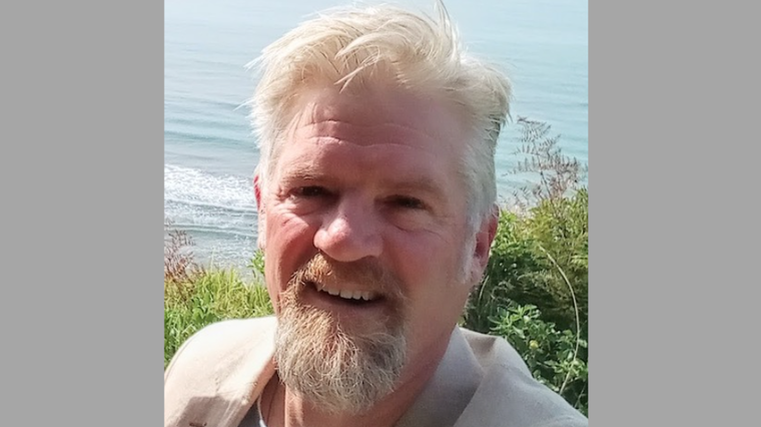Tourism levy hike under fire

The Rental Vehicle Association (RVA) says the government’s decision to increase the international visitor conservation and tourism levy to $100 has caused some anxiety in our tourism industry.
Ben McFadgen, chief executive officer, says the RVA recognises something had to be done to help fund New Zealand’s ailing tourism infrastructure.
But on the back of many other cost increases both government-led – for example, visa fees, and private – such as increases in the cost of fuel, food and materials – the RVA believes an “increase of this magnitude may be the straw that breaks tourism back”.
McFadgen, pictured, says: “The government stated a $100 increase is unlikely to have a significant impact on visitor numbers.
“We take issue with that statement. There was little if any robust analysis on the impact on demand that an increase, such as this, would cause.
He explains it’s necessary to consider that, overall, cost increases faced by an international visitor when coming to this country are now closer to $500 in total, not $100, and that’s not even accounting for the increased costs of food, fuel, vehicle hire, accommodation and so on.
“We think New Zealand is going to have a problem,” adds McFadgen. “Tourism forecasts for 2024/25 are already down on 2023/24. However, they’ve made the decision, so we have to live with it.
“Our chief concern now is how the extra money from the international visitor levy will be spent. It’s imperative the money is spent on improving tourism infrastructure, not offset to replace baseline crown funding that agencies already receive.
“For example, the Department of Conservation. Conservation estate land is an important cultural and natural asset. It’s not a tourism attraction. Making up a large portion of their funding from an elastic international tourism sector is a bad idea.”
The RVA is also concerned about the process for accessing and distributing funding. “It’s important there is clear transparency by this government on where the money is going and that the focus is on infrastructure and infrastructure alone – not marketing and pretty websites that sell an ideal.
“The ideal won’t exist if people can’t access it and, with the border levy as it now is, their expectations for New Zealand tourism will be high. We need a robust, transparent and effective focus on future infrastructure spending.
“Arguably, the government also needs a risk-management plan on what it will do if tourism numbers flatline because New Zealand isn’t delivering to expectations.
“International tourists are already electing to go to Tasmania for the ‘New Zealand nature experience’ due to the perception New Zealand costs too much, yet delivers less. Middle Earth is 25 years old now. Tourism has moved on. We need to as well.”
Minister defends decision
The new international visitor conservation and tourism levy (IVL) of $100 will “ensure visitors contribute to public services and high-quality experiences while visiting”, say Matt Doocey, Minister for Tourism and Hospitality, and Tama Potaka, Minister of Conservation.
“International tourism plays a hugely important role in the economy with visitors spending more than $11 billion in the year ending March 2024,” says Doocey.
“But international tourism also comes with costs to local communities, including additional pressure on regional infrastructure and higher maintenance costs across our conservation estate.”
The IVL was introduced in 2019 as a mechanism to ensure visitors from overseas contribute directly to these costs, the vast majority of which are paid for by New Zealand taxpayers and ratepayers.
Public consultation by the Ministry of Business Innovation and Employment (MBIE) found 93 per cent of submitters supported raising the IVL, with the main rationale being an increase would be reasonable to help cover the costs of tourism.
Doocey says: “The new IVL remains competitive with countries such as Australia and the UK, and we are confident New Zealand will continue to be seen as an attractive destination by many around the world.
“A $100 IVL would generally make up less than three per cent of the total spending for a visitor while in New Zealand, meaning it’s unlikely to have a significant impact on numbers.
“Increasing the IVL means we can continue to grow international tourism to support economic growth while ensuring visitors contribute to high-value conservation areas and projects, such as supporting biodiversity in national parks and other highly visited areas, and improving visitor experiences on public conservation land.”
Potaka adds: “Taxpayers already contribute close to $884 million a year directly on tourism and conservation, including tourism promotion, natural heritage and recreation.
“This money funds Tourism NZ, protects biodiversity within the DOC estate, and provides quality experiences at the likes of Milford Sound, Aoraki/Mt Cook and the Tongariro Alpine Crossing.”
Proposals for government investment to support tourism growth and conservation will be considered in due course.
Visitors that are exempt from the requirement to pay the IVL include New Zealand and Australian citizens and permanent residents, diplomats and people from many Pacific Island nations.
MBIE received 1,101 submissions on the proposed changes to the IVL, which take place from October 1.
Value to the economy
The day after announcing the IVL changes on September 3, Doocey released results from an international visitor survey that he says confirms international tourism is continuing to bounce back.
The research shows that in the June quarter it contributed $2.6b to the economy, an increase of 17 per cent on last year. In total, international visitors contributed $11.6b to New Zealand’s economy in the year to June 30.
“International tourism is the second highest export earner after dairy and is a key part of the government’s plan to rebuild the economy,” says Doocey.
“The increase in spending on last year is promising, in particular the increase in higher spending tourists. It is promising to see that in the same quarter, international visitor numbers increased by five per cent from the same period last year.
“The results also show that over the past year there has been an increase in higher-spending tourists. Most tourists rated their experience highly, with 90 per cent of respondents saying they were satisfied or very satisfied with their time in New Zealand.”





